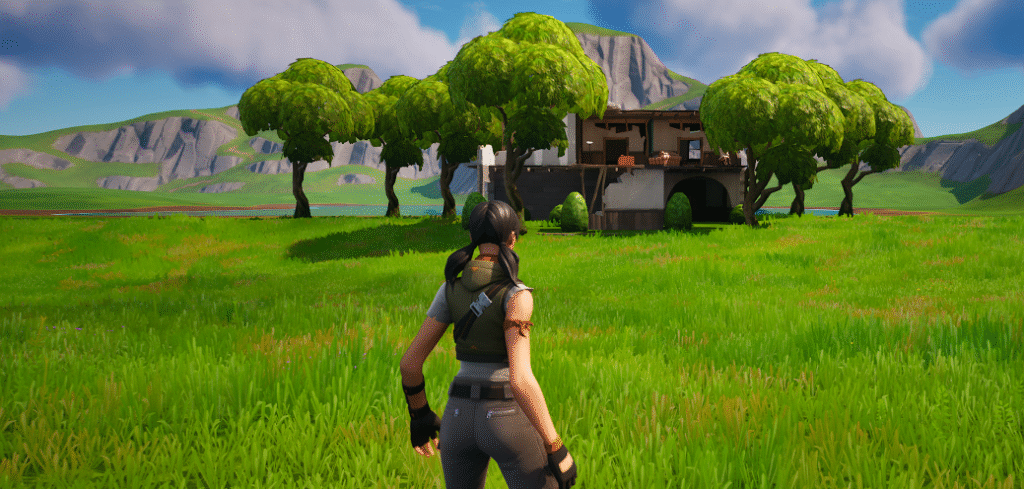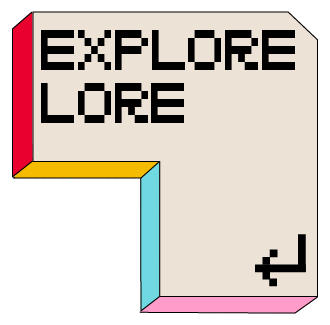
In video games, level design, a topic related to environmental storytelling, is far more than arranging walls and obstacles, it’s the language through which environments speak to players. The structure of a space can evoke emotion, guide decisions, and reveal story details without a single line of dialogue. This silent narrative technique is at the heart of environmental storytelling, where every corridor, ruin, and open field carries meaning.
A well-designed level doesn’t just serve gameplay; it serves context. For example, games like Dark Souls and The Last of Us use spatial layout to communicate tone and history. A crumbling cathedral might suggest lost faith, while a narrow alley filled with debris can build tension before a major reveal. Through architecture, lighting, and scale, designers control pacing and emotion as effectively as a film director.
Players don’t always realize they’re being guided, yet every sightline and doorway is intentional. The placement of an item, the curve of a path, or even a glimpse of light in the distance creates a natural flow that pulls the player deeper into the world. Great level design transforms exploration into storytelling, allowing the environment itself to become a narrator.
As game design continues to evolve, understanding spatial storytelling is becoming essential for developers, artists, and writers alike. Each structure and shadow can contribute to narrative depth, immersing players in a world that feels alive and meaningful.
Environmental storytelling reminds us that stories aren’t only told, they’re built, walked through, and discovered.

